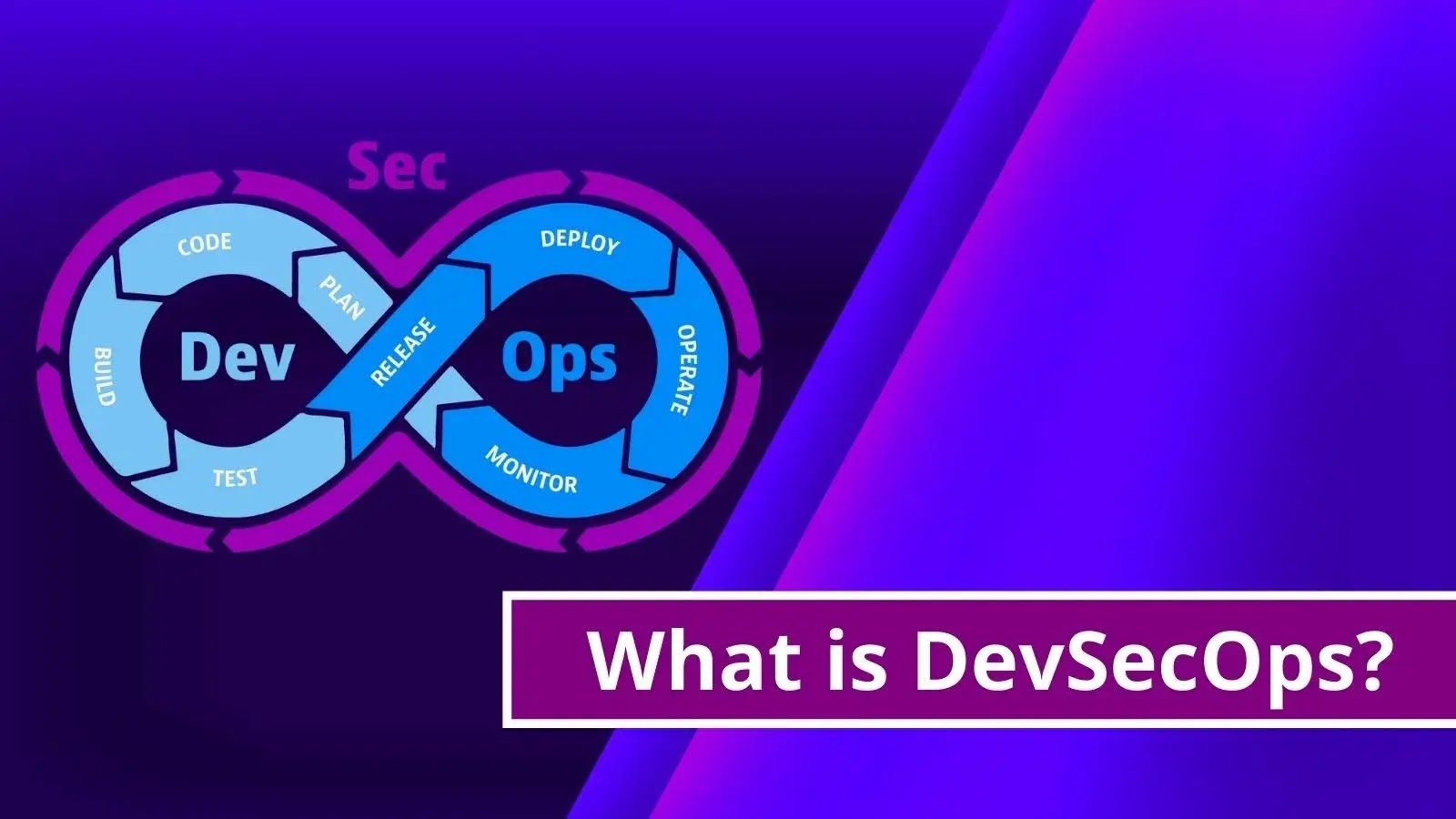Cybersecurity is no longer just a buzzword; it is a matter of survival for modern businesses operating in a digitally interconnected world. As companies rely on hybrid and hyperscale data centers to store vast amounts of crucial information, they become exposed to an alarming variety of cyber risks lurking at every corner of the internet. The consequences of a successful breach can be catastrophic – financial loss, reputational damage, legal ramifications – ultimately leading to the demise of even the most thriving enterprises. To avoid such dire outcomes, organizations must meticulously select cybersecurity solutions capable of fortifying their hybrid and hyperscale data centers against relentless cyber adversaries. This article delves into the intricacies involved in making this vital decision and provides insights into ensuring comprehensive protection against ever-evolving threats.
Hybrid and hyperscale data centers need cybersecurity solutions that won’t hinder an organization from doing its business. However, there are far too many data center environments that still rely on outdated traditional firewalls. Because these legacy firewalls underperform and underserve, IT teams are being pushed into making perilous trade-offs between security and performance.
Since there is much at stake—and so little expert guidance available—choosing the right solutions can be extremely difficult for organizations. Below are eight key factors for IT leadership to consider when securing their modern data center infrastructure:
- Cross – Platform Management and Analytics
- Visibility and Control
- Zero Trust Principles
- Segmentation
- Time to service
- Capacity
- Scalability
- Efficacy and Innovation
1. Cross-Platform Management and Analytics:
Organizations are increasingly adopting a combination of on-premises and cloud-based compute platforms. This shift towards hybrid architectures is forcing security professionals to broaden their perspective on data center protection. They now need to consider the security fabric as a whole, encompassing both on-premises and multiple cloud platforms. One effective approach is to implement a hybrid mesh firewall (HMF) strategy, which utilizes unified management and analytics to coordinate threat protection across all firewalls. This includes firewalls deployed in data centers, campuses, branches, and within cloud platforms. By employing this method, applications and data can be safeguarded with consistent policies that are managed by a single security solution.
2. Visibility and Control:
To effectively defend against network threats, organizations must reduce their attack surface. This can be achieved by implementing thorough inspection and consistent protection of traffic and data flowing between and through network segments. A comprehensive solution is needed to consolidate resources, ensure complete visibility, and establish control across the entire environment. Additionally, it is crucial for the security solution to support zero-trust strategies such as zero-trust network access (ZTNA) and SD-WAN, considering that every device connected to a data center network poses a potential threat. Furthermore, an organization’s security posture should seamlessly extend beyond traditional on-premises data centers by providing unified visibility across all environments (on-premises, colocations, clouds) and encompassing users, applications, and devices. Real-time monitoring through intrusion prevention systems (IPS) is also essential to detect and mitigate advanced threats.
3. Zero-Trust Principles:
A zero-trust strategy is underpinned by the utilization of privileged access and adaptive trust mechanisms. Within this paradigm, every single transaction, motion, or iteration of data is treated with suspicion. Through the proper deployment of a zero-trust architecture, user conduct, network behavior (including interactions between users and machines as well as machine-to-machine communications), and data flows can be comprehensively tracked. As soon as any anomalous patterns are detected within these parameters, a zero-trust solution promptly alerts security teams or immediately revokes access privileges. In order to ensure optimal security in hybrid and hyperscale data centers, strict adherence to zero-trust policies is essential.
4. Segmentation:
By segmenting network traffic, organizations can establish control points that reduce a cyberattacker’s ability to move laterally inside a network, including the data center, to find and exploit vulnerabilities. Data center security solutions must natively support segmentation options to limit the size of the attack surface.
Start by classifying traffic into different segments, especially at the application and port levels. Note segmenting can also be done at the host and network levels. Also, many organizations use zero-trust principles to segment by identity.
5. Time to Serve:
Many traditional security solutions in legacy data centers have poor performance and high latency, which hinders organizations from delivering services with the necessary speed, flexibility, and reliability required by their large-scale businesses. Even the slightest downtime or minor service delivery issue can result in significant financial losses, erosion of trust, and damage to brand reputation for companies. Moreover, these services need to seamlessly operate across multiple physical and virtual assets. As a result, modern data center firewalls must incorporate hardware acceleration for virtual extensible local area network (VXLAN) termination and re-origination. Additionally, they should provide dynamic support for Layer 4 or Layer 7 security while catering to both physical and virtual environments through various form factors.
6. Capacity:
Numerous IT infrastructures face challenges when transferring enormous datasets through single connections. Once restricted to infrequent scenarios, these elephant flows have now become commonplace, particularly for companies in the pharmaceuticals, e-commerce, aeronautics, and financial sectors. The transfer of large datasets necessitates encryption and demands high-throughput flows across data centers or between data centers and multiple clouds. Network firewalls being evaluated for deployment in hyperscale data center environments must consistently deliver optimal performance at these levels.
7. Scalability:
The IT requirements of organizations are in a constant state of flux, and the networks that support firms are always changing and expanding as well. This necessitates scalable cybersecurity solutions that can adapt to the increasing demands of the network, including rising traffic levels, new devices, threats, network segments, and regulations. Additionally, IT security must be able to carry out processor-intensive functions such as inspecting encrypted traffic without sacrificing performance. Many outdated security systems struggle to perform even basic encryption tasks, let alone more advanced responsibilities like monitoring streaming video traffic without introducing delays. Scalable network security also entails deploying and managing security solutions efficiently and cost-effectively while maintaining network quality and performance.
8. Efficacy and Innovation:
It is essential to pair state-of-the-art hardware with security services that offer valuable intelligence to ensure that systems remain informed about the latest threats. Ideally, these services should be built upon a vast network of global sensors and employ machine learning and AI to sift through countless signals in order to identify critical and emerging threats. Unfortunately, evaluating these security intelligence services can be challenging. We suggest focusing on providers whose solutions have undergone independent testing and verification, consistently demonstrating high detection rates. Collaborate with a vendor that boasts a proven track record of security innovation, research leadership, and numerous filed security patents. Select a vendor capable of keeping your security one step ahead of the relentless cyber attackers prevalent today.
It is essential to pair state-of-the-art hardware with security services that offer valuable intelligence to ensure that systems remain informed about the latest threats. Ideally, these services should be built upon a vast network of global sensors and employ machine learning and AI to sift through countless signals in order to identify critical and emerging threats. Unfortunately, evaluating these security intelligence services can be challenging. We suggest focusing on providers whose solutions have undergone independent testing and verification, consistently demonstrating high detection rates. Collaborate with a vendor that boasts a proven track record of security innovation, research leadership, and numerous filed security patents. Select a vendor capable of keeping your security one step ahead of the relentless cyber attackers prevalent today.
Data centers will remain an indispensable asset for the success of your business.
Data centers play a crucial role in modern IT architecture, especially in the context of hybrid and cloud computing environments. As organizations adopt these new technologies, their data center strategies must adapt to accommodate the changing landscape.
In conclusion, selecting the right cybersecurity solutions for hybrid and hyperscale data centers is a critical decision that requires careful consideration. With the increasing frequency and sophistication of cyber threats, organizations must prioritize the protection of their valuable data and infrastructure. By understanding the unique challenges and requirements of hybrid and hyperscale environments, businesses can identify the best-fit solutions that offer comprehensive security features, scalability, and ease of management. It is crucial to partner with trusted vendors who have a proven track record in delivering robust cybersecurity solutions tailored to these specific environments. Investing in the right cybersecurity solutions will not only safeguard an organization’s data but also provide peace of mind knowing that their hybrid and hyperscale data centers are well-protected against evolving cyber threats. Take action now to ensure your organization
Learn more about the best way to secure the data center and how FortiGate Next-Generation Firewall combined with FortiGuard AI-Powered Security Services solutions can help protect your environment.





